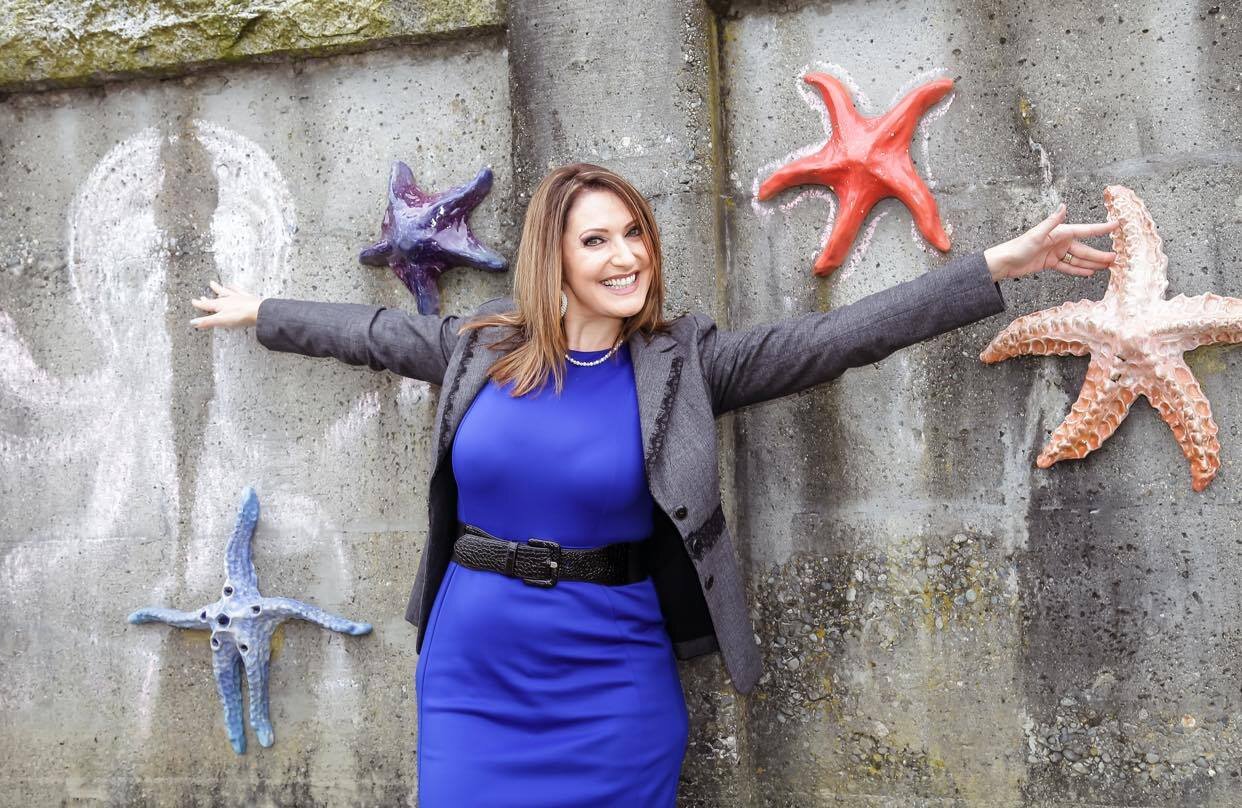How Chaos Planning Will Make You More Emotionally Resilient
By Amanda Da Silva, B.Hkin, B.Ed, and M.Ed
5-minute read
Optimism is generally a praised way of thinking and perceiving one’s surroundings, but does it always feel good?
The truth is, optimism always comes with a cost. Research shows that individuals who have optimistic expectations feel a lot worse after a negative outcome. Often, with optimism, the disappointment and frustration are much greater.
While the positive psychology movement has gained so much momentum over the last decade, both within the domain of psychology and in the broader culture, sometimes, pessimism and negative thinking can provide more value and larger personal growth. Defensive pessimism that is, or the concept of inversion.
Regardless of how committed you are to your personal and professional life, the unthinkable eventually happens. Nobody plans for serious illness, for an incident at work, for their passion project crumbling down, for the death of a loved one, for a tree falling on their house, or a natural disaster hitting their town.
How Chaos Planning Will Make You More Emotionally Resilient⤵
Watch the Video ⤴
Few plan for the worst-case scenarios, especially the most implausible (in my opinion). We tend to prepare for the future with our desired outcomes in mind. We like to visualize ourselves triumphant, powerful, and victorious.
It’s great to craft an action plan based on the results we aim to achieve and generate. It’s greater to plan for utter chaos, anticipate the worst, and craft a compelling strategy to deal with the worst before it substantializes as a reality.
The way in which you think about solving problems is crucial to your level of success. When you think about and plan for the opposite of what you want to achieve, this gives you a competitive edge in each endeavor you undertake.
Inversion is a counterintuitive way of thinking that we were never taught in school, yet that is capable of helping us overcome the most daunting of challenges in a unique and efficient way. When you think of the negative outcomes you want to avoid, this helps you shed some light on mistakes and obstacles you wouldn’t have considered in the first place.
It also pushes you to examine a single situation from all the possible facets it may have. After analyzing every aspect, you may come up with a solution or a strategy to adopt that didn’t seem obvious in the beginning. You may also come to new realizations and attain a deeper insight into the issue.
“Great thinkers, icons, and innovators think forward and backward. Occasionally, they drive their brain in reverse.” ― James Clear
Innovation and unconventional thinking are often the byproducts of inversion, an inversion of what is standard, what constitutes the norm, and what dictates the rules. So when you learn to utilize this powerful tool, you begin to think backward, forward, and in all possible directions.
As Charlie Munger, the business partner of Warren Buffet, and Vice Chairman of conglomerate Berkshire Hathaway, states
“Invert, always invert: Turn a situation or problem upside down. Look at it backward. What happens if all our plans go wrong? Where don’t we want to go, and how do you get there? Instead of looking for success, make a list of how to fail instead–through sloth, envy, resentment, self-pity, entitlement, all the mental habits of self-defeat. Avoid these qualities and you will succeed. Tell me where I’m going to die so I don’t go there.”
This type of thinking highlights the idea of avoiding failure is more valuable than achieving success.
In fact, many people are so engrossed in their pursuit of success that their optimism often becomes blinding. But sometimes, it’s more insightful to try and understand why others fail rather than why they succeed.
When you prepare for the worst, you’re also training yourself to deal with adversity. This not only helps you identify the mistakes and errors you want to avoid but it also strengthens your emotional resiliency in the long run. When you avoid negative thinking altogether, you become more susceptible to anger, frustration, resentment, and disappointment.
On the other hand, when you regularly practice the Stoic ‘premeditation of evils’, you’re entertaining all the outcomes possible so that nothing takes you by surprise. During this process, you play the roles of both devil’s advocate and the voice of reason so you don’t directly make up your mind after your first realization.
In Conclusion
An ongoing debate that highlights points from both sides is essential in inversion thinking because it allows you to step outside your standard rationalization pattern to see the situation at hand from different angles. So whichever predicament you find yourself in, always use inversion before jumping into a hasty conclusion that is deeply rooted in your confirmation bias.
↡↡↡
Discover Your Purpose Course
To help you identify your core values and create an action plan to find meaning and congruence, I designed a values-based, content-rich, course. I can’t wait to guide you through an exciting journey towards a better, more emotionally resilient you! 💞
Get a FREE Motivational Growth Video Every Monday
More Great Articles
for Personal Growth
Hi! I’m Amanda Da Silva.
I’m a mother of two boys, a wife, daughter, teacher, entrepreneur, former CEO, and life-long learner. I’m all about personal growth, community 💕, and being of service. (Find out more about me here.) In addition to being passionate about personal development, I’m an educator and coach with 20-years experience teaching and leading in the BC school system. I have a B.Hkin, B.Ed, and M.Ed, specializing in leadership and administration. Creating community and leading thriving teams are two of my favourite things to do. I also love helping people live empowered and growth-oriented lives.
I hope you’ll join me as we build our success together! 🙌












